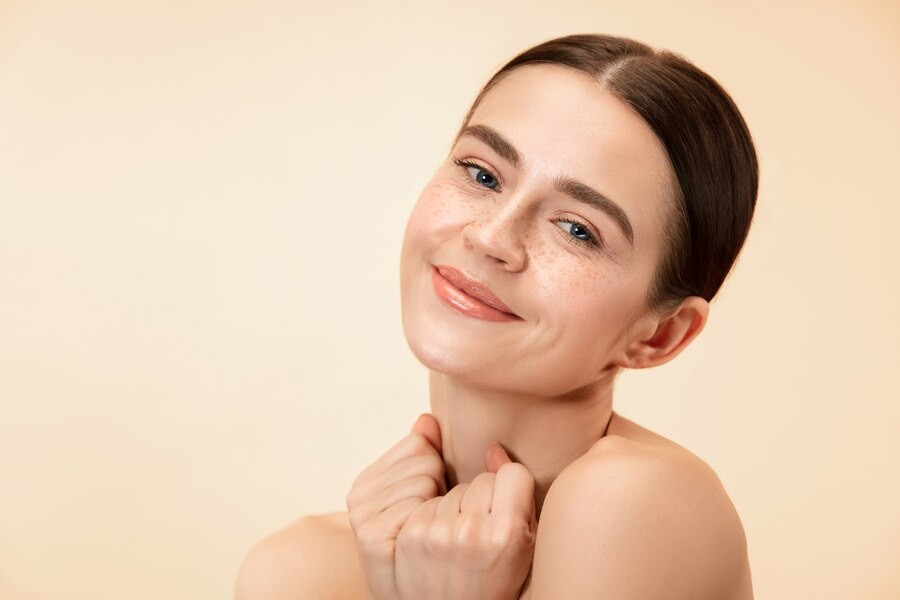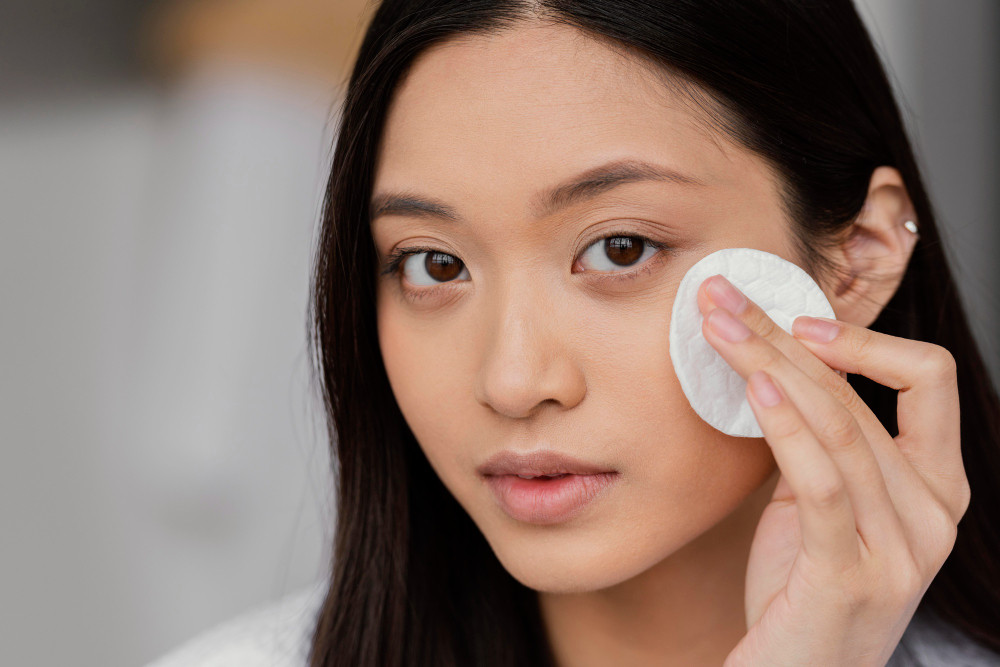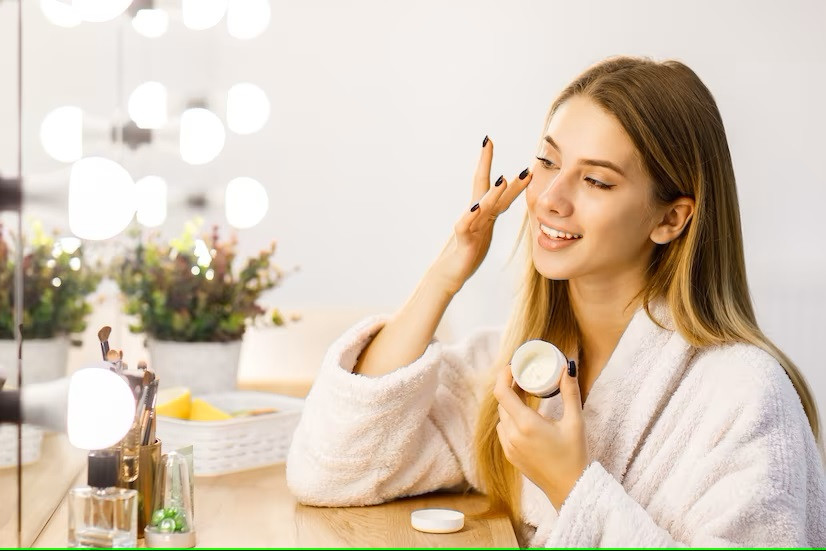Freckles are small, brownish spots that usually appear on sun-exposed areas of the skin which can appear during childhood and continue into adulthood. Although they can occur on anyone, Freckles are more likely to appear on people with light-colored skin and blonde or red hair.
Freckles are harmless and painless. However, for some people, freckles pose an aesthetic problem. Find out what causes these spots and the types of freckles.
Knowing the Causes of Freckles
Freckles are flat and small, generally brownish but can also be red, yellow, or black. Freckles are mostly the result of excessive melanin production. Melanin itself is the pigment that gives color to hair, skin, and eyes.
Melanin is produced by skin cells called melanocytes. The function of melanin is to protect the skin from UV damage by absorbing and reflecting the rays.
When the skin is exposed to sunlight, the melanocytes react by producing more melanin. Melanin will then absorb light from UV rays and distribute it to the upper layers of the skin. Melanocytes in individuals with light-colored skin tend to produce more melanin when exposed to sunlight. Instead of skin color becoming tanner, spots will form on the face or areas that are frequently exposed to sunlight.
Types of Freckles
Freckles can be divided into two:
Ephelides
Ephelides are small flat red or brown spots that often appear on the face, back of the hands, neck, and upper body. The main cause of ephelides is exposure to direct sunlight.
Ephelides spots are generally 1-2 mm in size. Individuals with light hair and skin color are more likely to experience ephelides. These tanned spots also tend to appear on young children who are often exposed to direct sunlight.
The spots will continue to develop into young adulthood and will fade with aging. Ephelides will also fade in winter or rainy season
Read more: 5 Unhealthy Skin Habits You Need to Quit Now
Solar lentigo
Solar lentigo are spots on the skin that have a yellow, red to dark brown color. These spots usually appear on adults above the age of 40.
The main cause of solar lentigo is repeated sun exposure over a long period. The spots can be found on exposed skin areas such as the face, forearms, back of hands, chest, back, shoulders, and lower legs. Unlike ephelides, solar lentigo spots are generally darker and do not fade in winter.
Freckles can be faded with the use of special creams, lasers, chemical peels, photo facials, or cryotherapy. Get yourself checked and consult a doctor if you want your freckles to be treated.
If you need medical advice or consultation, you can either visit a doctor or make use of the consultation features that are available in the Ai Care application by downloading the Ai Care application from the App Store or Play Store.
Looking for more tips and tricks for health, first aid, and other home remedies? Click here!
- dr. Siti Marsiana Meriam
Cleveland Clinic (2022). Freckles (Ephelides and Solar Lentigines). Available from: https://my.clevelandclinic.org/health/articles/23091-freckles
Gary W. Cole, MD, FAAD (2023). Freckles. Available from: https://www.medicinenet.com/freckles/article.htm
Elizabeth Connor (2023). What Are Freckles, Why Do They Appear, and More. Available from: https://www.healthline.com/health/what-are-freckles
Stephanie Booth (2023). Freckles. Available from: https://www.webmd.com/skin-problems-and-treatments/freckles-skin-spots
Renee Straub (2019). Ephelides (freckles). Available from: https://www.dermatologyadvisor.com/home/decision-support-in-medicine/dermatology/ephelides-freckles/
Cleveland Clinic (2022). Melanin. Available from: https://my.clevelandclinic.org/health/body/22615-melanin











